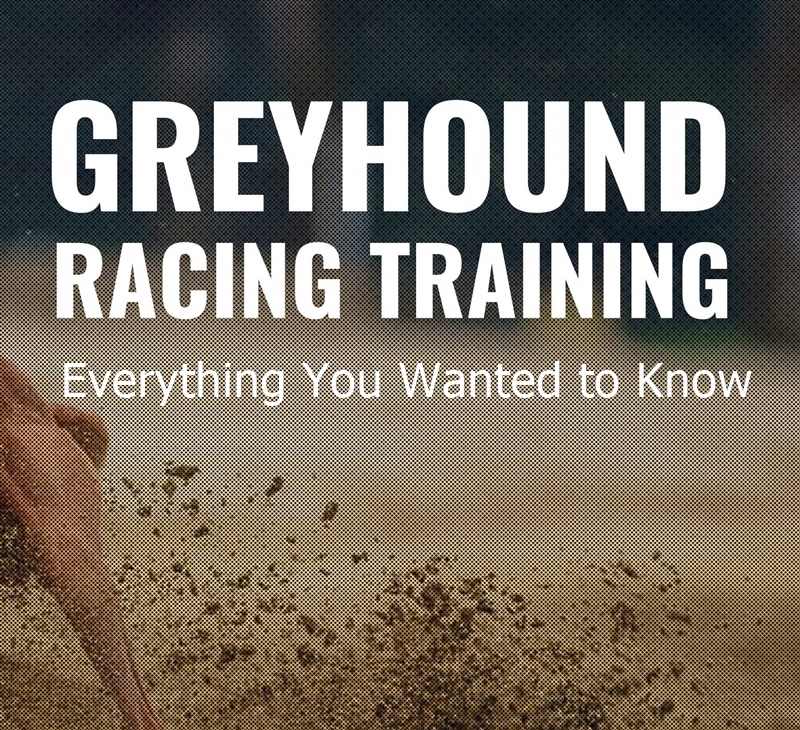
Greyhound racing is an exciting spectacle. It’s no surprise that this sport attracts the attention of bettors. For example, you can make money on the speed of your favorite in the 1xBet Kenya app. However, training a good racing dog takes work. Let’s find out how handlers prepare the fastest racing dogs.
Characteristics of the Breed
The Greyhound is a graceful and aristocratic dog breed of English origin. Considered an excellent greyhound hunter. The appearance of such a beast is quite specific, but this does not prevent it from being the favorite of millions of people.
Rapidly increasing speed is the primary skill for which the Greyhound dog has become famous. In addition, she is resilient, energetic, and robust. Many people sadly underestimate the power of hunting dogs.
Like all hunting dogs, the Greyhound has a sunken rear abdomen and a small and narrow chest. According to the standard, the ribs must be visible on its body. Fatness is a vice for this breed. By the way, the standard weight of a female greyhound is 15-17 kg, and a male is 22-25 kg. Being overweight is highly undesirable. The height at the withers of an adult dog is 65-70 cm. He is classified as a medium-sized hunter.
Requirements for Racing Dogs
Greyhound racing is a physically demanding sport for both dogs and handlers. Dogs must have excellent speed, agility, and endurance to be successful in the sport. Handlers must also be in good physical shape and able to handle dogs. Dogs are usually trained to run at high speeds for short distances, which requires a lot of physical training.
Greyhound racing is also mentally demanding for both beasts and handlers. Dogs must be trained to focus on the task and ignore distractions. Handlers must also be able to read dogs’ body language and adjust their training and handling methods accordingly.
Stand a Chance To Win Bets Easily from Top-Notch SURE Tips >>> CLICK HERE To Get Daily Sure Football Predictions From Experts.
Puppy Training
The main thing in preparing for running is to develop the abilities inherent in nature. Preparation for racing and hunting begins with proper raising of the puppy, good feeding, vaccination, and treatment for all parasites. The owner allows the puppy to gain strength, form, and strengthen joints and ligaments until one year old. Excessive loads at this age are contraindicated beyond measure. Free walks, swimming in the summer, and playing with peers strengthen the puppy’s health and prepare him for further stress.
During training, the first thing to do is accustom the beast to the starting box. Some puppies readily go into them immediately, but only a few of them. The beginner’s aversion to the “dark box” can only be overcome with patience, affection, and an attentive attitude towards him.
It is best first to open the front and back walls of the box at the same time, then, with the help of treats and affection, encourage the newbie to go through it. The example of an experienced beast can help here. As a rule, young greyhounds imitate their elders, especially if it is a familiar dog. The front wall can be closed once your student is comfortable walking through the box. If it does not show nervousness, then you can start racing.
From about 2–3 months of age, you can start teasing the puppy with a piece of fur on a rope to develop the pursuit instinct. It should not be done for long, two times a week, so the puppy does not lose interest. The first races for mechanical bait begin at a distance of 100 m, no more than two times a week. First, they let the beast in alone. Then, when it is already greedily pursuing the bait, they gradually increase the distance and let two dogs in so that they can compete.
A less energetic dog can sometimes be paired with a weaker one to give it confidence. No particular load is required for sprint runs of 300–350 m. Dogs are allowed to rest for at least two days before racing. Before and after the race, the beast should have enough water to drink. The pet should be protected from overheating. Excessive loads can negatively affect its agility.
If in a group race, a young dog chases not the skin but other dogs and tries to play or fight with them, then let it run alone for some time. If you continue placing the dog with everyone else, you can turn it into a chronic fighter. Such a dog, even being playful and overtaking rivals, will slow down and interfere with others. For this, it can be removed from the race and even disqualified.
Conclusion
The Greyhound is a fantastic dog, capable of impressive speed. However, training a true race winner requires significant effort and consistency. Training begins at an early age and gradually increases in intensity. It includes physical exercise, mental conditioning, and obedience training. Handlers and trainers must also be knowledgeable about the sport and must be able to tailor their training methods to each beast.






